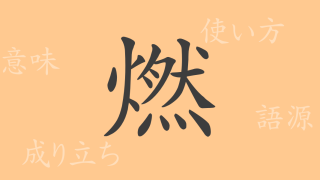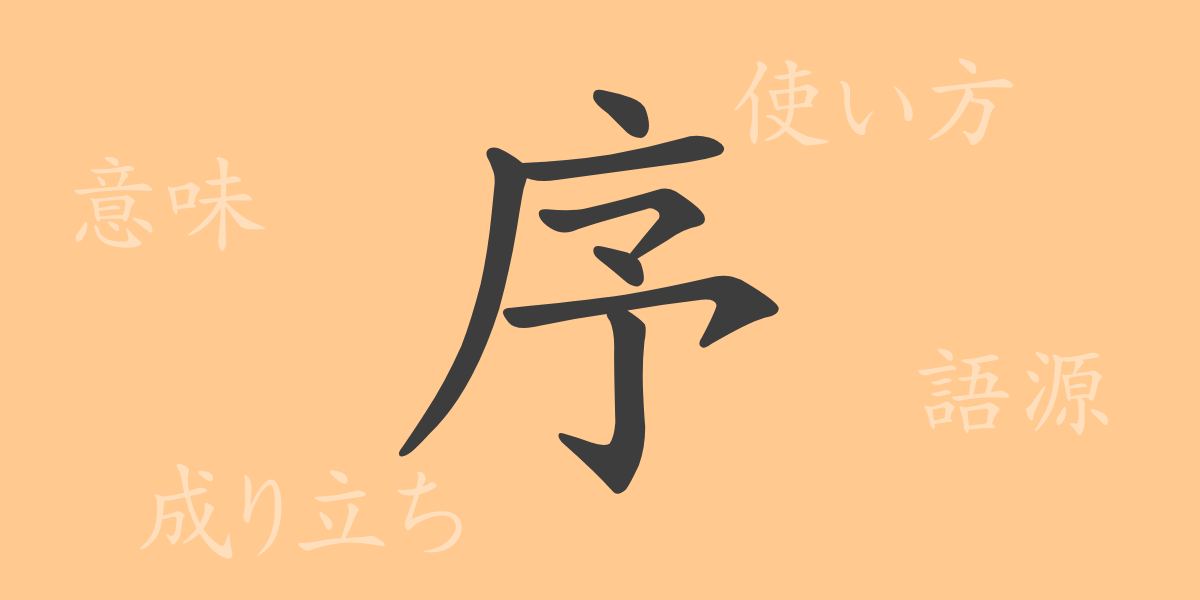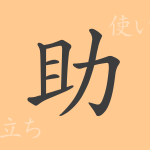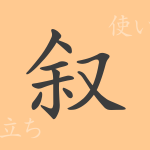Japanese language boasts a myriad of Kanji characters, each with unique histories and meanings. Among them, the Kanji ‘序’ (じょ) plays a vital role in literature, ceremonies, and everyday life. This article explores the allure of ‘序’, from its origins to its modern applications, and from common phrases to idiomatic expressions, delving into the rich tapestry of this Kanji used in Japanese daily life.
Origins of 序 (じょ)
The Kanji ‘序’ originated in ancient China, initially representing the concept of ‘starting’ or ‘establishing.’ It combines ‘斉’ (aligning, ordering) on the top and ‘予’ (in advance) on the bottom, symbolizing the arrangement of beginnings. This character has evolved to represent the idea of organizing the commencement of various matters.
Meaning and Usage of 序 (じょ)
‘序’ carries meanings like ‘beginning,’ ‘sequence,’ and ‘preface.’ It is commonly used in introductions such as prefaces of books or prologues in narratives. It also denotes the order or sequence of events. In the context of Japanese traditional ceremonies like tea ceremonies, the term ‘序の口’ (じょのくち) is used, deeply embedding it in Japanese culture.
Readings, Stroke Count, and Radical of 序 (じょ)
Understanding the readings and structure of ‘序’ is crucial as it is a common Kanji in Japanese.
- Readings: On’yomi ‘ジョ’, Kun’yomi ‘ついで’
- Stroke Count: ‘序’ consists of 9 strokes.
- Radical: The radical is ‘广’ which means ‘broad.’
Phrases and Proverbs Using 序 (じょ) and Their Meanings
Many idiomatic expressions and phrases include ‘序’, enriching the Japanese language:
- 序章 (じょしょう): An introduction or prelude in books or music.
- 序列 (じょれつ): Ranking or order.
- 序破急 (じょはきゅう): A traditional structure in Noh and Kyogen plays, representing the three stages of development.
- 序の口 (ついでのくち): In tea ceremony, a term used for beginners who prepare tea for the first time.
- 序盤 (じょばん): Early stages of a game or sport.
Each of these phrases reflects the fundamental meanings of ‘beginning,’ ‘order,’ and ‘preliminary’ inherent in ‘序’.
Conclusion on 序 (じょ)
The Kanji ‘序’ illustrates the richness of Japanese expression through its simple yet profound structure. From literary introductions to everyday conversations, and even cultural events, this Kanji is indispensable in deepening understanding of the Japanese language. Through this article, we hope to enhance your appreciation of ‘序’, aiding in a richer exploration of Japanese linguistic culture.

























